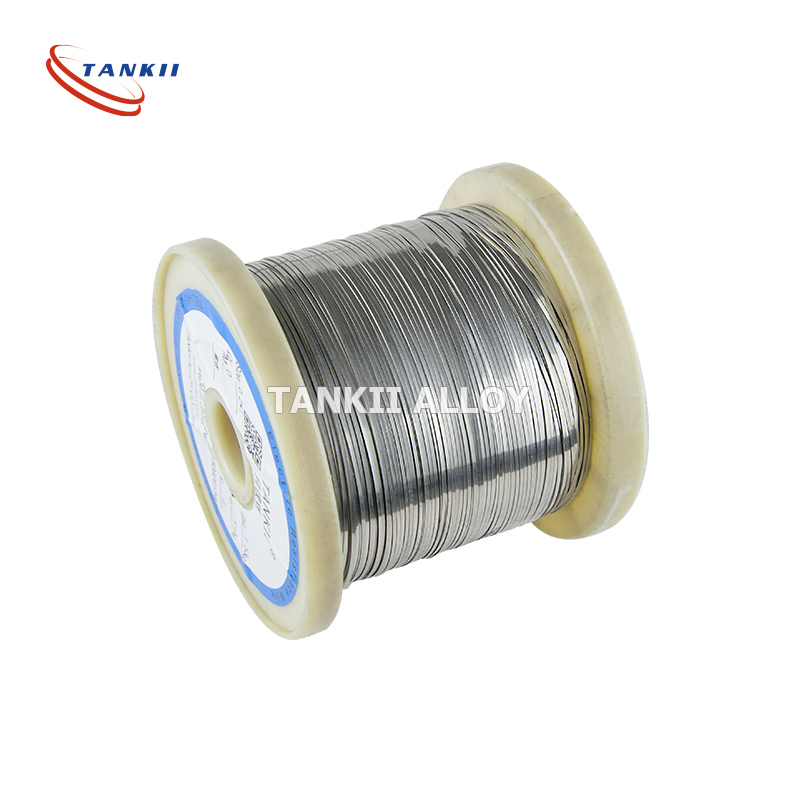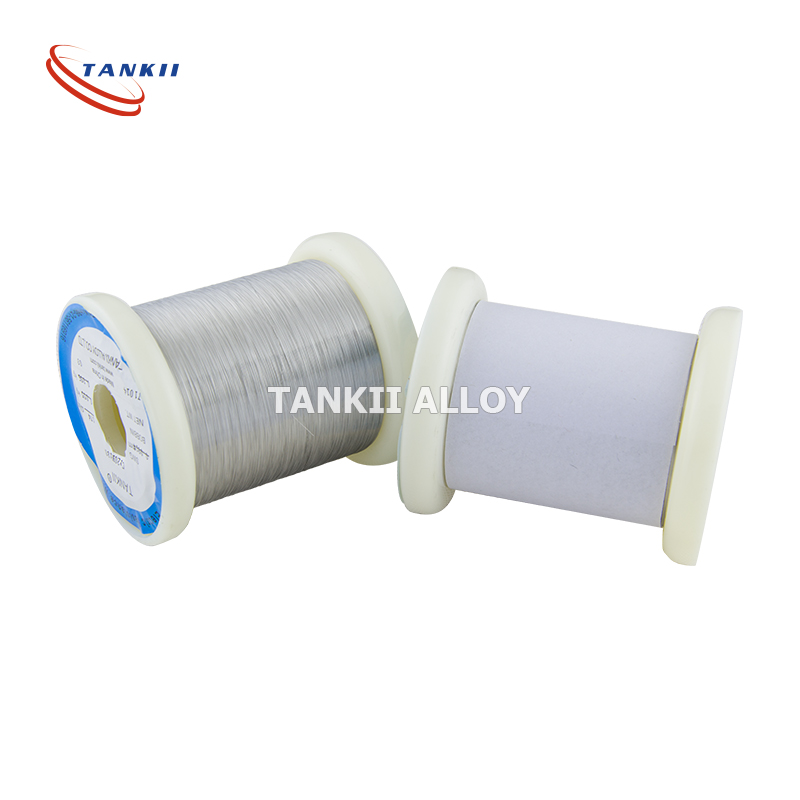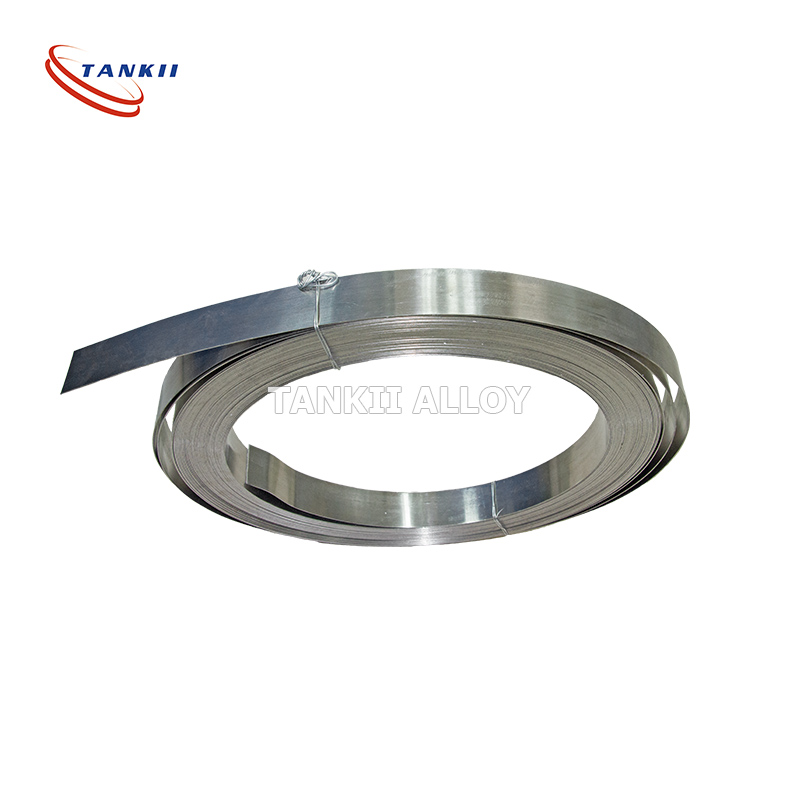Uns K93600 Invar 36 Ribbon Precision Expansion Alloy Flat Wire
Uns K93600 Invar 36 Ribbon Precision Expansion Alloy Flat Wire
(Common Name: Invar, FeNi36, Invar Standard, Vacodil36)
4J36 (Invar), also known generically as FeNi36 (64FeNi in the US), is a nickel-iron alloy notable for its uniquely low coefficient of thermal expansion (CTE or α).
4J36 (Invar) is used where high dimensional stability is required, such as precision instruments, clocks, seismic creep gauges, television shadow-mask frames, valves in motors, and antimagnetic watches. In land surveying, when first-order (high-precision) elevation leveling is to be performed, the Level staff (leveling rod) used is made of Invar, instead of wood, fiberglass, or other metals. Invar struts were used in some pistons to limit their thermal expansion inside their cylinders.
4J36 use oxyacetylene welding, electric arc welding, welding and other welding methods. Since the coefficient of expansion and chemical composition of the alloy is related should be avoided due to welding causes a change in the alloy composition, it is preferable to use Argon arc welding welding filler metals preferably contains 0.5% to 1.5% titanium, in order to reduce weld porosity and crack.
Normal composition%
| Ni | 35~37.0 | Fe | Bal. | Co | - | Si | ≤0.3 |
| Mo | - | Cu | - | Cr | - | Mn | 0.2~0.6 |
| C | ≤0.05 | P | ≤0.02 | S | ≤0.02 |
Coefficient of expansion
| θ/ºC | α1/10-6ºC-1 | θ/ºC | α1/10-6ºC-1 |
| 20~-60 | 1.8 | 20~250 | 3.6 |
| 20~-40 | 1.8 | 20~300 | 5.2 |
| 20~-20 | 1.6 | 20~350 | 6.5 |
| 20~-0 | 1.6 | 20~400 | 7.8 |
| 20~50 | 1.1 | 20~450 | 8.9 |
| 20~100 | 1.4 | 20~500 | 9.7 |
| 20~150 | 1.9 | 20~550 | 10.4 |
| 20~200 | 2.5 | 20~600 | 11.0 |
Typical Physical properties
| Density (g/cm3) | 8.1 |
| Electrical resistivity at 20ºC(OMmm2/m) | 0.78 |
| Temperature factor of resistivity(20ºC~200ºC)X10-6/ºC | 3.7~3.9 |
| Thermal conductivity, λ/ W/(m*ºC) | 11 |
| Curie point Tc/ ºC | 230 |
| Elastic Modulus, E/ Gpa | 144 |
| The heat treatment process | |
| Annealing for stress relief | Heated to 530~550ºC and hold 1~2 h. Cold down |
| annealing | In order to eliminate hardening, which be bring out in cold-rolled, cold drawing process. Annealing needs heated to 830~880ºC in vacuum,hold 30 min. |
| The stabilization process |
|
| Precautions |
|
Typical Mechanical properties
| Tensile Strength | Elongation |
| Mpa | % |
| 641 | 14 |
| 689 | 9 |
| 731 | 8 |
Temperature factor of resistivity
| Temperature range, ºC | 20~50 | 20~100 | 20~200 | 20~300 | 20~400 |
| aR/ 103 *ºC | 1.8 | 1.7 | 1.4 | 1.2 | 1.0 |












